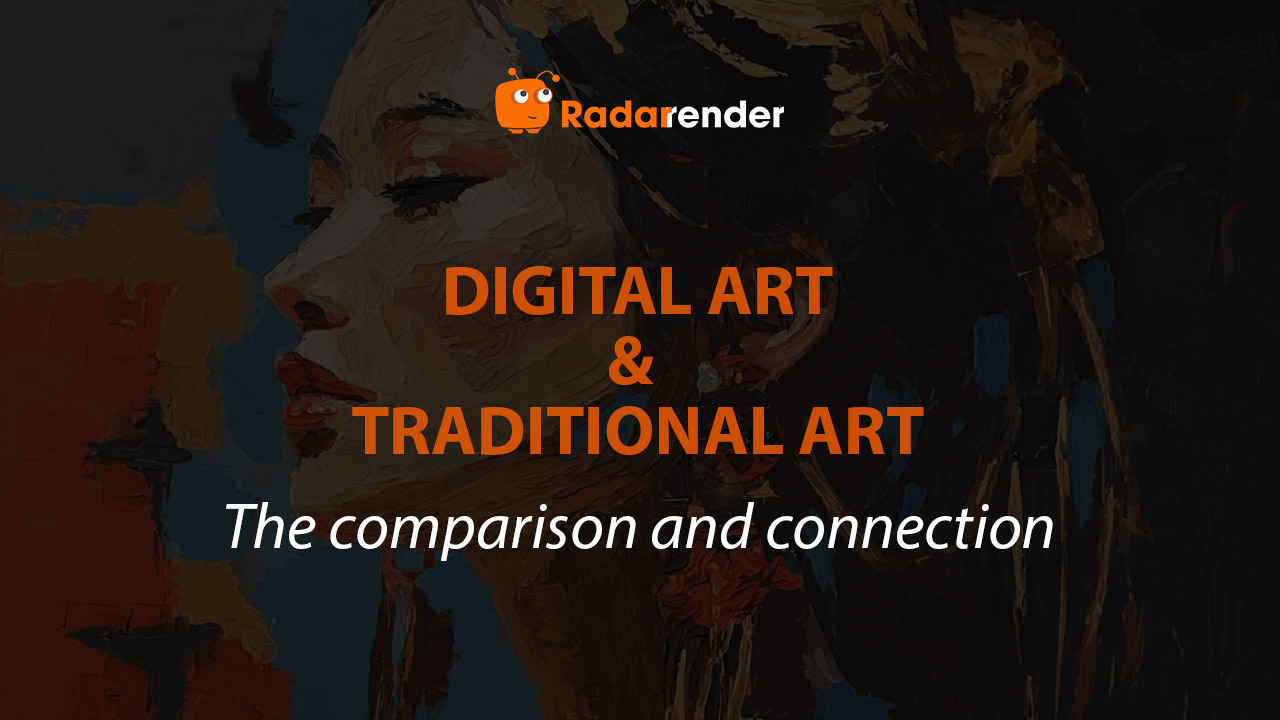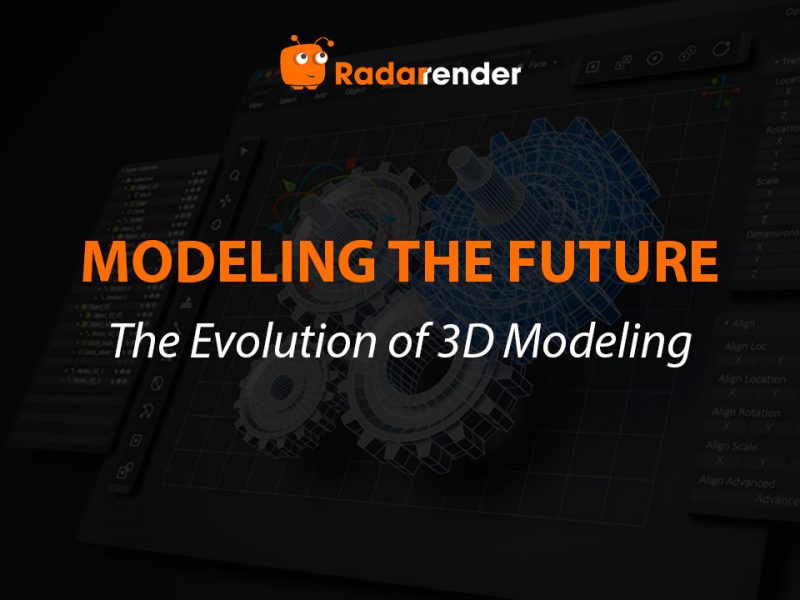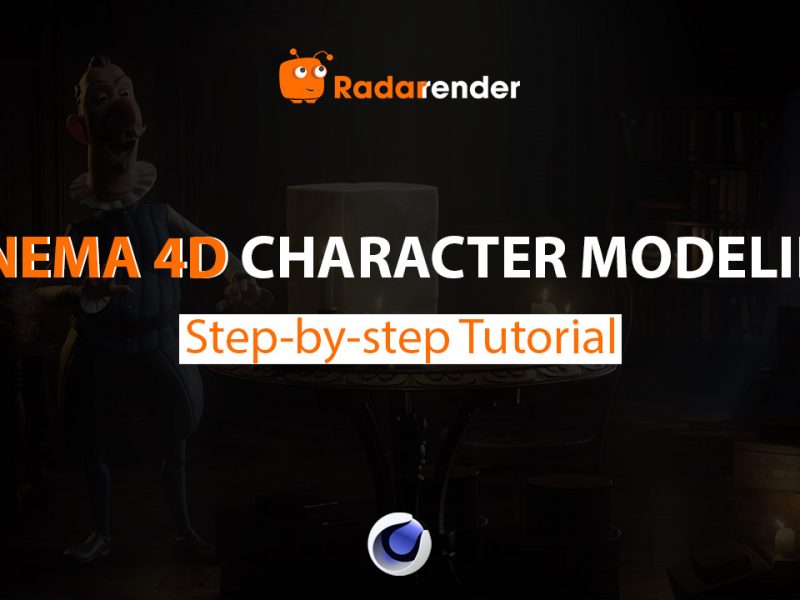The comparison and connection between digital and traditional art
With the rapid and continuous advancement of technology, digital art has become increasingly popular in recent years. Many believe that digital art will eventually dominate and surpass traditional art in popularity, while others firmly hold the opposite view.
In this article, we’ll explore the fascinating world of digital vs traditional art – the comparison, their connection, and how each holds its own unique place in the creative landscape. Let’s dive in!
What is Digital Art?
First of all, let’s find out what digital art is.
Digital artworks are created with digital media such as computers and specialized software. Digital art covers a variety of subcategories, such as digital paintings, photographs, videos, and animations.
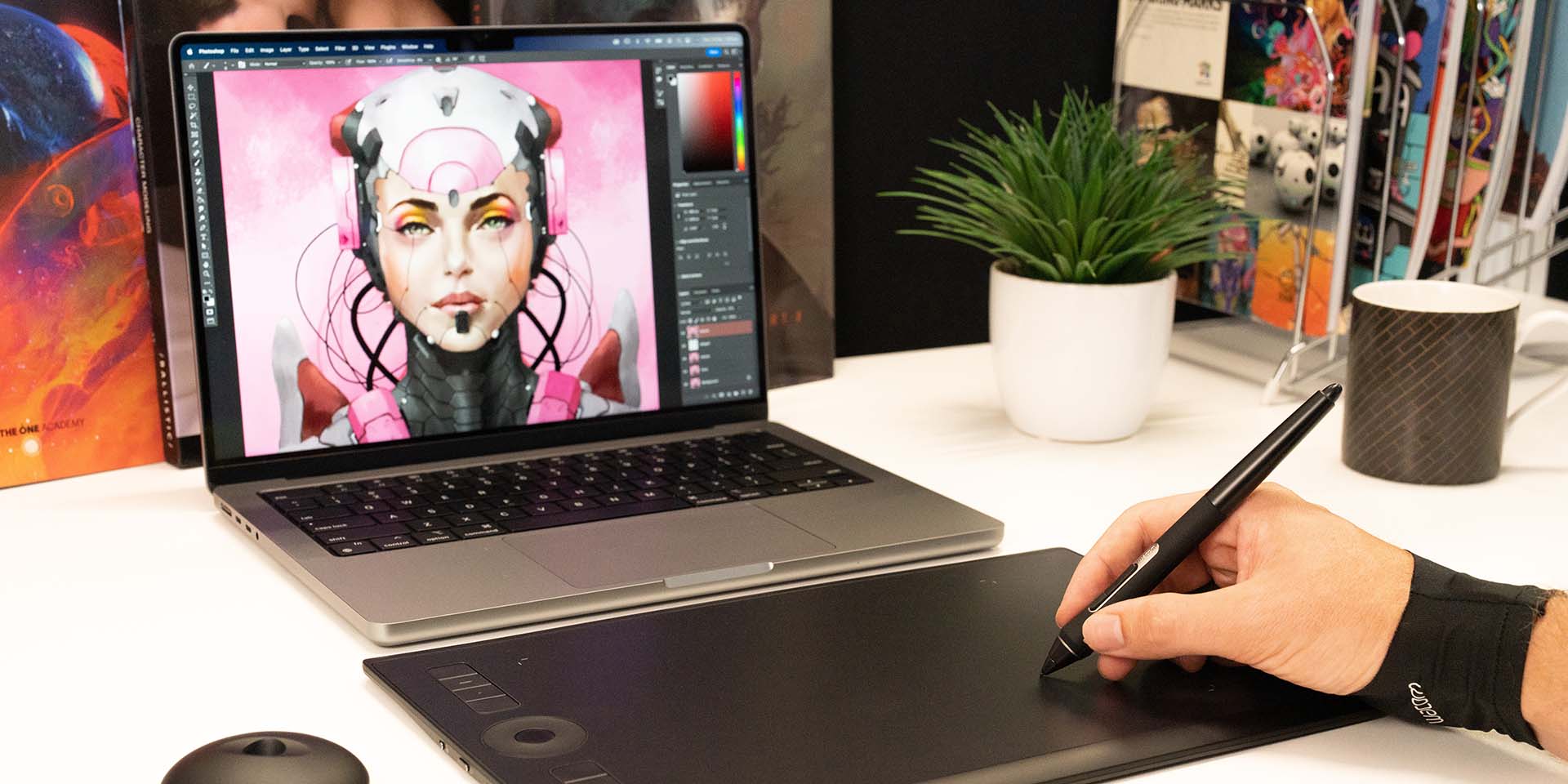 Source: community.wacom.com
Source: community.wacom.com
Benefits
- Digital art offers remarkable flexibility, providing artists with a wide range of creation and editing tools and effects.
- Digital art is convenient, allowing creation anywhere with a tablet or computer.
- The streamlined editing process enables precise adjustments, enhancing accuracy and efficiency in artwork.
Challenges
- A steep learning curve when mastering various software tools and keeping up with technological advancements.
- Digital artworks are vulnerable to data corruption and compatibility issues, which can lead to loss during updates or file transfers.
What is Traditional Art?
How about traditional art?
In contrast to digital art, traditional art includes artworks created using physical media such as paint, pencil, charcoal, and clay. This art form has been revered for centuries, including drawing, painting, and sculpture.
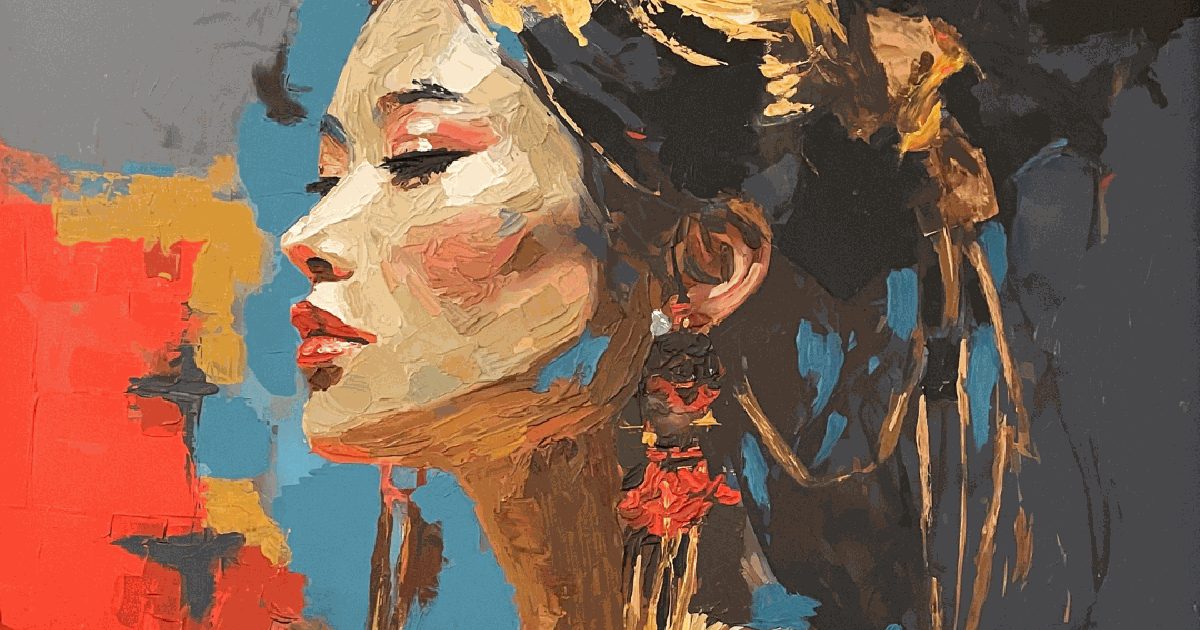
“A Moment in Amber” by artist Zara Muse
Benefits
- Artists can physically feel the texture of their materials, from canvas to brush strokes.
- Each artwork is unique; there’s no exact replica of a handmade piece.
- Traditional art connects us with centuries of artistic tradition and craftsmanship.
Challenges
- Mistakes can be difficult or impossible to fix.
- Artists need physical materials and studio space to create.
- The process of preparing materials, layering paints, and drying takes significantly longer than digital workflows.
The comparison of Digital and Traditional Art
Similarities
The purpose of all art forms is to capture the composers, message, ideas, or emotions and put them on display for others or themselves to enjoy. Both require creativity, skill, and imagination.
Differences
Let’s check the differences in the table below:
| Digital art | Traditional art | |
| Medium and materials | Using tablets and specialized software. | Physical media like pencils, charcoal, and oil paints. |
| Cost | More cost-effective, requiring primarily a digital tablet and software. | Expensive because of numerous materials, such as canvases, paints, brushes, and sculpting tools. |
| Editing | Simply undo and edit when mistakes happen. | Errors are permanent and cannot be completely undone. |
| Storage | Easy to preserve, as digitized creations can be securely stored in cloud services. | Need controlled environments to prevent deterioration. |
| Reproductions | Excels at reproducibility with a single click, without sacrificing quality. | Limited, it’s hard to capture the original’s intricate details fully. Demands immense skill and time. |
| Authenticity | Needs more scrutiny over its authenticity. | Perceived as more authentic. A painting or sculpture carries its own tangible aura, making it unique and impossible to replicate exactly. |
The connection between Digital and Traditional Art
While often compared, digital and traditional art are not rivals; they complement each other.
Many digital artists start with traditional art training to understand form, light, and color. Conversely, traditional artists often use digital tools to refine or present their work.
Many of the techniques used in 3D have roots in traditional art forms such as sculpture and painting. For example, 3D modeling and sculpting are heavily inspired by traditional clay sculpture, while digital painting adopts techniques from oil and watercolor. The blending of both worlds allows modern artists to experiment freely and expand their creative boundaries.
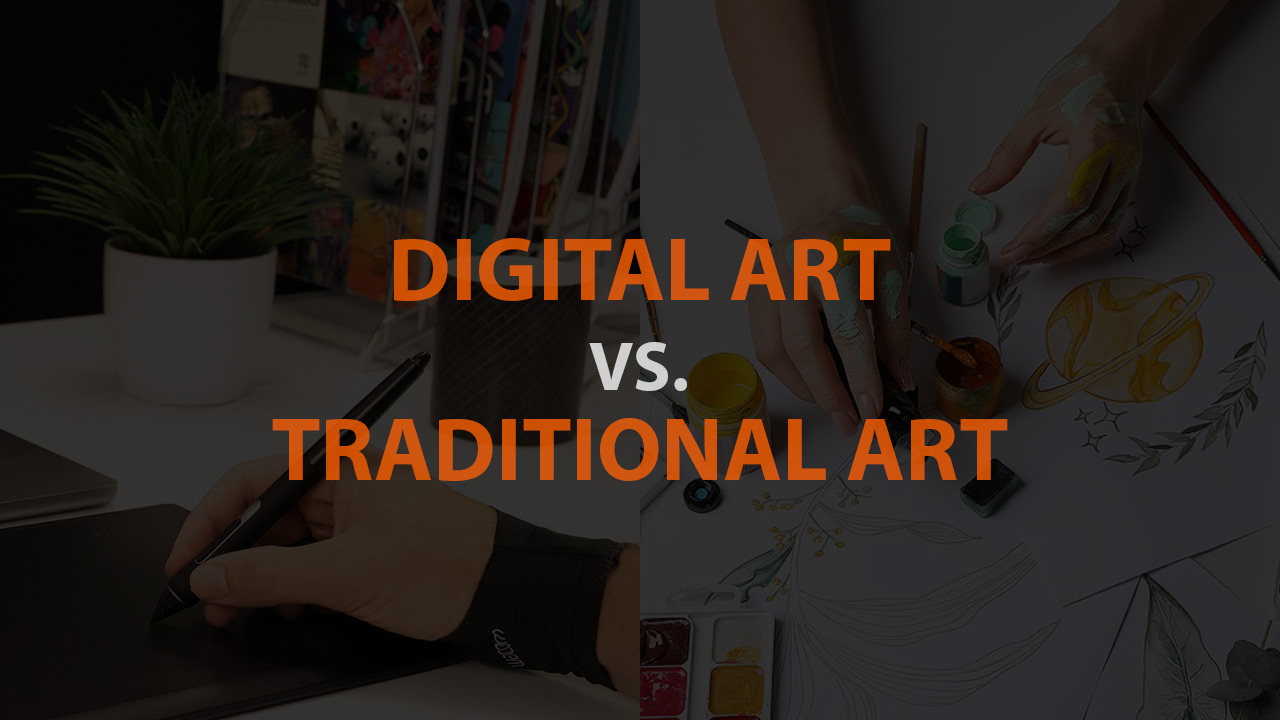
Benefits of Combining Both
- Better understanding of artistic fundamentals
Learning both traditional and digital techniques helps artists build a stronger foundation in form, color, lighting, and composition.
Traditional art teaches patience, control, and an intuitive understanding of materials, while digital art allows artists to experiment freely with techniques like layering and blending.
By combining both, artists gain a complete understanding of the creative process, from physical texture to digital precision, which ultimately improves their overall skill and artistic confidence.
- Increased workflow flexibility
When artists can move seamlessly between traditional and digital tools, their workflow becomes much more adaptable.
For instance, many illustrators sketch ideas on paper first, then scan and refine them digitally using software like Photoshop or Procreate. 3D artists often apply traditional painting techniques when texturing or lighting digital models.
This hybrid workflow makes it easier to test ideas quickly, fix mistakes efficiently, and deliver high-quality results across multiple platforms, from print to 3D renders.
- More opportunities for hybrid art forms
Combining both approaches opens the door to exciting hybrid art styles such as mixed media, digital collage, or digital prints of traditional paintings.
Artists can merge hand-drawn elements with digital effects or even turn traditional sketches into fully rendered 3D artworks.
This blend of old and new gives creators more freedom to explore, innovate, and reach broader audiences, especially in industries like game design, animation, and concept art, where both skills are valuable.
The skills and techniques of traditional artists can be applied to 3D rendering in a number of ways. For example, an understanding of color theory can help artists create more realistic lighting and shading in their digital work. Similarly, knowledge of composition can help artists to create dynamic and engaging scenes in 3D.
Challenges of Combining Both
- Requires balancing two skill sets
Mastering both traditional and digital art means investing time and effort into two different learning paths.
Traditional techniques rely heavily on manual dexterity and material knowledge, while digital art demands technical proficiency with software and devices.
Balancing these can be challenging, especially for artists who want to maintain a consistent personal style.
- Additional costs for tools and materials
Working in both mediums often requires a wider range of equipment, from canvases, paints, and brushes to tablets, styluses, and software licenses.
This can lead to higher upfront costs, not to mention ongoing expenses for maintenance, upgrades, or art supplies.
- Maintaining consistency across media
Because traditional and digital tools behave differently, achieving a consistent visual style across both can be difficult.
Colors that appear vibrant on a digital screen may look muted in print, and textures achieved by hand may not translate perfectly into digital form.
Artists must spend time testing, calibrating, and refining their process to ensure coherence between their digital and physical artworks.
Conclusion
In the ongoing discussion of digital vs traditional art, there’s no clear winner – and there doesn’t need to be one. Each form carries its own strengths, challenges, and beauty.
While traditional art preserves the essence of tactile craftsmanship, digital art opens up endless possibilities for innovation and accessibility. Together, they shape the diverse and evolving world of modern creativity.
Whether you’re a painter with a brush or a designer with a stylus, what truly matters is the artistic vision behind your work.
See more:



